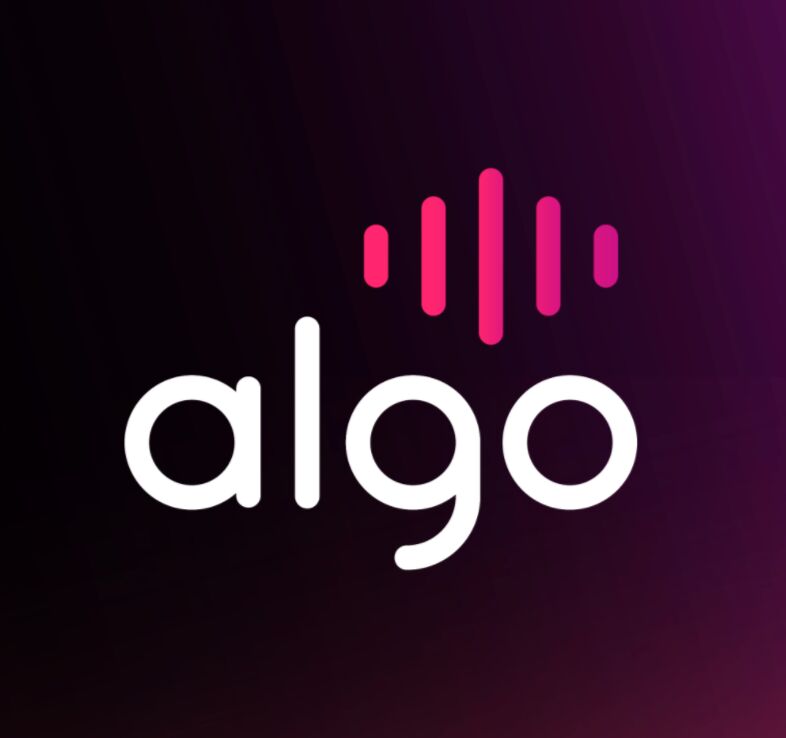Enterprise Resource Planning (ERP) systems have long been the backbone of modern businesses, streamlining operations from finance to supply chain management. While traditional ERP systems have focused on automating routine tasks and consolidating business functions into a single platform, we’ve entered an era where innovation is no longer optional—it’s a necessity.
One of the most exciting frontiers of this innovation is generative AI, a type of artificial intelligence that doesn’t just analyze data; it is capable of devising new data models, simulations, or even product designs. The fusion of ERP and generative AI can unlock unprecedented levels of efficiency and decision-making capabilities for businesses.
This blog post aims to serve as a comprehensive guide for organizations looking to take the leap into the future by incorporating generative AI into their existing ERP systems.
Understanding the Basics
What is Generative AI?
Generative AI falls under the broader category of artificial intelligence, but distinguishes itself through its ability to generate new data from existing datasets. Unlike traditional AI models that make predictions or categorizations, generative AI can create new content, be it text, images, or complex data models, effectively ‘imagining’ new possibilities.
What Are the Benefits of Generative AI in an ERP Context?
When applied to ERP systems, generative AI goes beyond mere data analysis to offer predictive modeling that can simulate various business scenarios, thereby aiding in more informed decision-making. Generative AI can also automate complex, manual tasks within the ERP system, such as generating optimized supply chain routes, thereby freeing up human resources for more strategic endeavors. The ability of generative AI to ‘think creatively’ can also help businesses uncover new opportunities for growth, whether that’s identifying new market trends or tailoring marketing strategies more effectively.
Assessing Your Current ERP System
Identifying Gaps and Opportunities
The first step in integrating generative AI into your ERP system is to identify the specific areas where generative AI can offer the most value. For example, if your ERP focuses heavily on supply chain planning, generative AI could significantly enhance predictive analytics, allowing you to foresee and adapt to market fluctuations more effectively. Alternatively, if your ERP is customer-centric, generative AI can enable you to personalize customer experiences to an unprecedented degree, by analyzing and generating content based on customer data.
Compatibility with AI Technologies
Once you have a clear understanding of the gaps and opportunities, the next step is to evaluate the current technological landscape of your organization. Some ERP systems are built on older architectures that may not be readily compatible with advanced AI technologies, requiring either significant upgrades or a complete system overhaul. Consult with your IT team to conduct a technical audit of your existing ERP system to assess whether it can support generative AI functions or if modifications are necessary.
Steps to Incorporate Generative AI
Choosing the Right Generative AI Solution
Selecting an appropriate generative AI solution is a pivotal step, as the choice will directly impact the functionality and efficiency of your integrated ERP system. For example, if you’re interested in text-based generative AI, which large language model (LLM) should you use? Should you use a third-party API service, or would it make more sense to deploy an LLM in your own environment?
Criteria for making your selection should include compatibility with existing infrastructure, scalability to accommodate future growth, and the specific features that align with your ERP needs. It’s advisable to consult with AI and ERP experts or vendors to understand the potential options and ensure that your chosen solution can be seamlessly integrated.
Integration Strategy
Once you’ve selected a generative AI solution, the next phase is the integration strategy, which outlines the step-by-step process from development to deployment. This strategy often involves cross-functional teams, including software developers, data scientists, and ERP specialists, all working in tandem to ensure successful integration. Key milestones might include initial testing, debugging, and validation processes to ascertain that the generative AI is performing as expected within the ERP environment.
Pilot Testing
Before fully integrating generative AI into your ERP system, it’s prudent to conduct a pilot test on a smaller scale to evaluate performance and identify any potential issues. During this phase, the focus should be on monitoring key performance indicators (KPIs) to assess whether the generative AI is meeting business objectives. Feedback from this pilot test should be meticulously analyzed and applied to optimize the AI model before proceeding to full-scale deployment.
Use Cases and Examples
Example 1: Generative AI in Supply Chain Optimization
One compelling use case of generative AI in an ERP setting is its application in optimizing supply chain management. In this example, a generative AI model can create multiple supply chain scenarios, considering variables like transportation costs, seasonal demand fluctuations, and supplier reliability. By simulating these different scenarios, the ERP system can recommend the most cost-effective and efficient supply chain route, leading to both time and monetary savings.
Example 2: Generative AI in Customer Relationship Management
Another transformative application of generative AI is in Customer Relationship Management (CRM) within an ERP system. Here, generative AI can analyze customer data and generate personalized marketing campaigns or sales strategies, adapting to the preferences and behaviors of individual customers. This high degree of personalization enhances customer engagement and significantly boosts the potential for customer retention and long-term revenue generation.
Incorporating generative AI into your existing ERP system can seem like a daunting task, but the long-term benefits are overwhelmingly positive, offering higher efficiency, improved decision-making, and even new avenues for business growth. From evaluating the compatibility of your current ERP setup to carefully selecting an AI solution and executing a well-thought-out integration strategy, each step is crucial to the success of this transformative venture. The use cases we’ve explored demonstrate the tangible impact generative AI can have, whether you’re optimizing your supply chain or personalizing customer experiences.
The time to act is now. The future of ERP is undeniably entwined with advancements in AI technologies, and early adopters stand to gain a significant competitive edge. Begin by conducting an internal audit to assess your ERP’s readiness for generative AI integration and consult experts to make informed decisions. Embrace the next wave of ERP innovation by starting your journey toward integrating generative AI today.
About the author

Algo
Combining human centered AI with deep domain expertise, Algo’s analytics enriched supply chain intelligence platform helps suppliers and retailers plan, collaborate, simulate and execute a more efficient supply chain.


